Growing Flowering Kale Plants: Information About Flowering Kale Care
Ornamental kale plants can make a wonderful red, pink, purple, or white show in the cool season garden with very minimal care. Learn more about growing flowering kale in this article so you can enjoy this colorful plant.
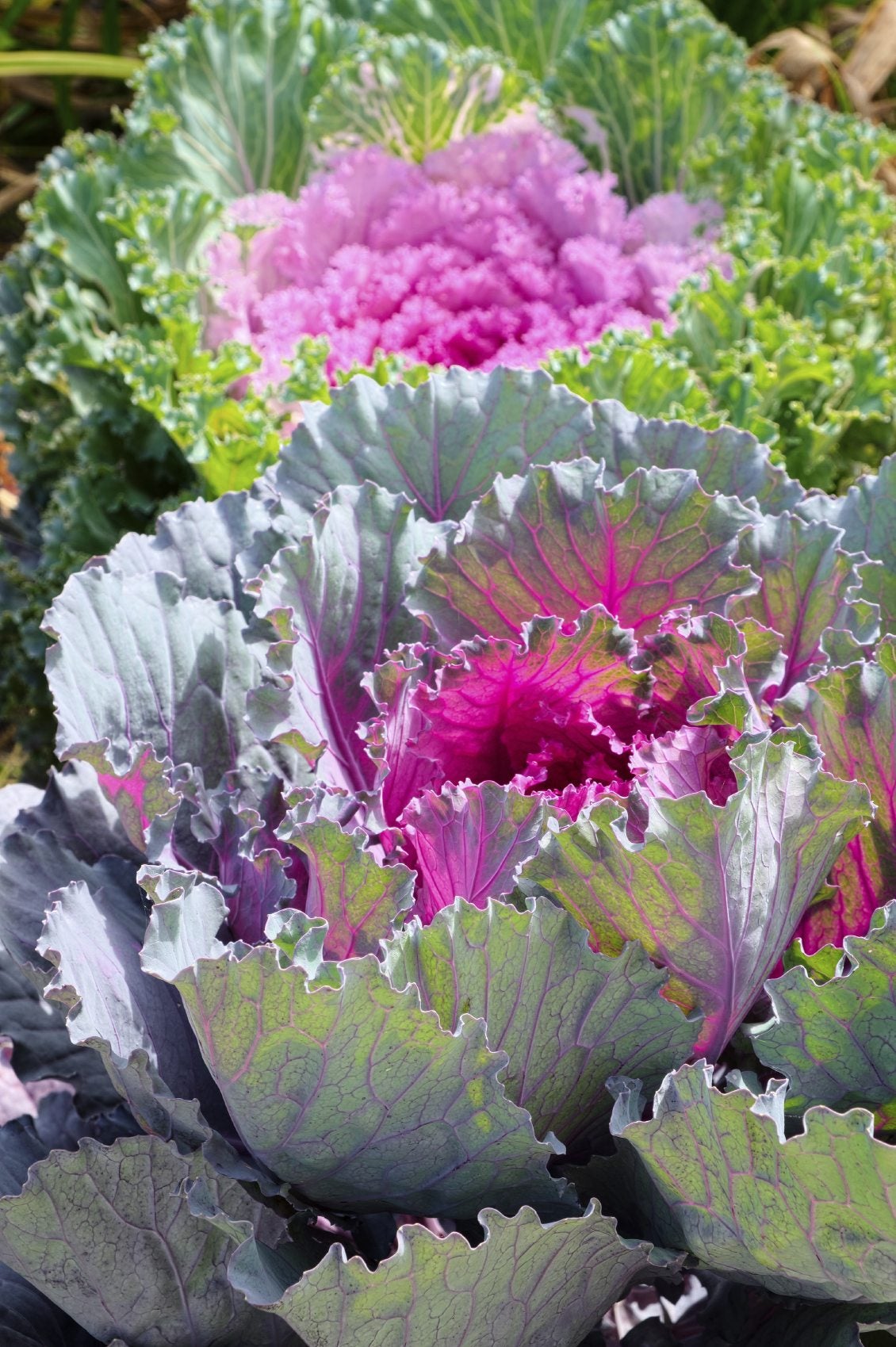
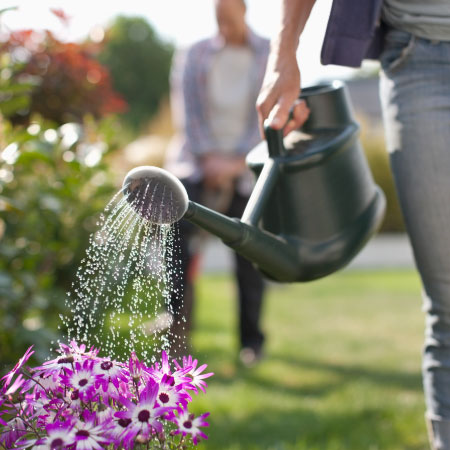
Flowering Kale Growing Conditions - How To Grow Ornamental Kale Plants
Ornamental kale plants can make a wonderful red, pink, purple, or white show in the cool season garden, with very minimal care. Let's read on to learn more about growing flowering kale in the garden.
Ornamental Kale Plants
Ornamental kale plants (Brassica oleracea) and their cousin, the ornamental cabbage, were developed for their spectacular colors and are not edible.
Although they are sometimes called flowering kale, the plants rarely put out real flowers. The color is all in their extravagantly ruffled and feathered leaves.
Ornamental kale plants are best used as an annual in spring and fall gardens and in container gardens.
How to Grow Ornamental Kale
Growing flowering kale can be done by starting seeds or with started plants purchased from the store.
Because the seeds need light to germinate, they can be sprinkled directly on the surface of the medium in flats or pots.
For the fall garden, plants should be started by the first of July. The pots can be placed in the refrigerator for a couple of weeks before sprouting, but this is not necessary. Kept moist, seedlings should sprout in three to five days and ready to place outside by the middle of August. The seedlings should be spaced 12-20 inches (30.5-51 cm.) apart, depending on the mature size of the variety.
Gardening tips, videos, info and more delivered right to your inbox!
Sign up for the Gardening Know How newsletter today and receive a free copy of our e-book "How to Grow Delicious Tomatoes".
You can also purchase plants directly from the store or garden center. Sometimes they don't grow much after they've been in pots, so you might want to purchase the size you need.
Plant the potted kale so the lowest leaves are flush with the ground. The main consideration for flowering kale growing conditions is that the plants need cool weather to develop the best leaf color.
They're considered hardy in USDA growing zones 2-11, but since hot weather inhibits leaf color and causes the stems to elongate, it's best to grow them in the spring or fall. Because they can stand temperatures well below freezing, ornamental kale often lasts through the winter.
Ornamental kale likes full sun and rich, well-drained, slightly acidic soil with a soil pH between 5.8 and 6.5. Kale can be planted in the garden or in containers.
Flowering Kale Care
Flowering kale care is pretty simple. Rule number 1 is not to let the plants dry out. They can't stand overly dry conditions so they need to be kept well watered.
Too much fertilizer can interfere with color and cause stem elongation, so fertilizing kale at planting time should be enough. Use a balanced fertilizer (ratio 3-1-2 or 1-1-1) with micro-nutrients.
Cut off flower stems as soon as they appear.
Pests and diseases are pretty much the same as those that affect edible kale and are treated accordingly.
Now that you know how easy flowering kale care is, you'll be able to look forward to your own display next fall and on into the winter.

Marlie Graves is a guest writer for Gardening Know How.
-
 Looking For Plants To Give You The Soft And Fuzzies? Try These 5 Fuzzy Leaf Plant Options
Looking For Plants To Give You The Soft And Fuzzies? Try These 5 Fuzzy Leaf Plant OptionsLovers of texture, drama, silver foliage and tactile plants will adore these special sensory garden additions. These fuzzy leaf plant options will leave you all aglow
By Susan Albert
-
 Get Ready For A Summer Of Hummers! Grow These Full Sun Hummingbird Plants and Flowers
Get Ready For A Summer Of Hummers! Grow These Full Sun Hummingbird Plants and FlowersIf you’re lucky enough to enjoy a sunny backyard, make sure you are maxing out on your pollinator opportunities and grow these full sun hummingbird plants and flowers
By Tonya Barnett
-
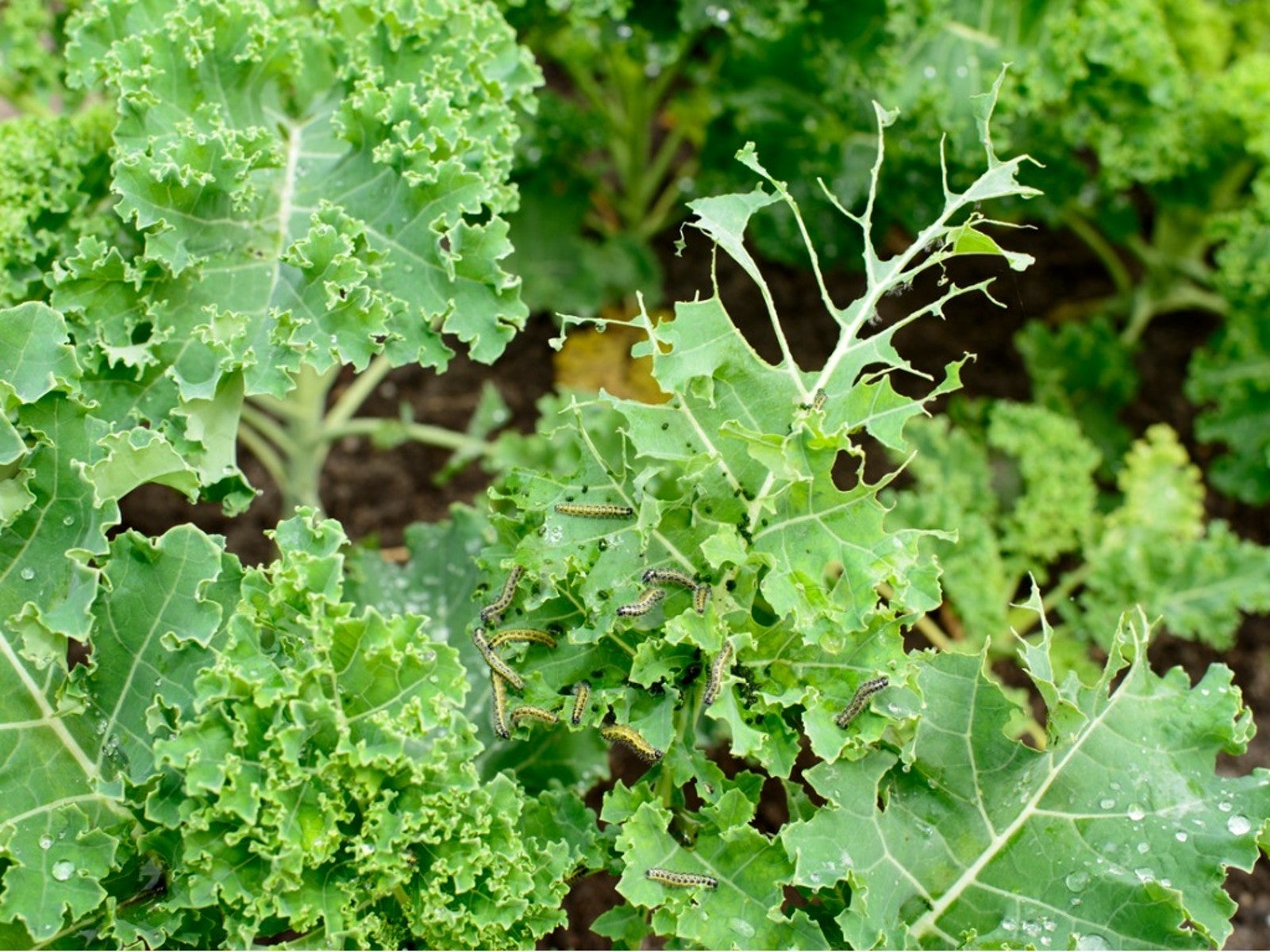 Kale Pests And Diseases That Plague Fall Gardens
Kale Pests And Diseases That Plague Fall GardensLearn how to recognize and eliminate the diseases and pests that attack your yummy kale plants.
By Laura Miller
-
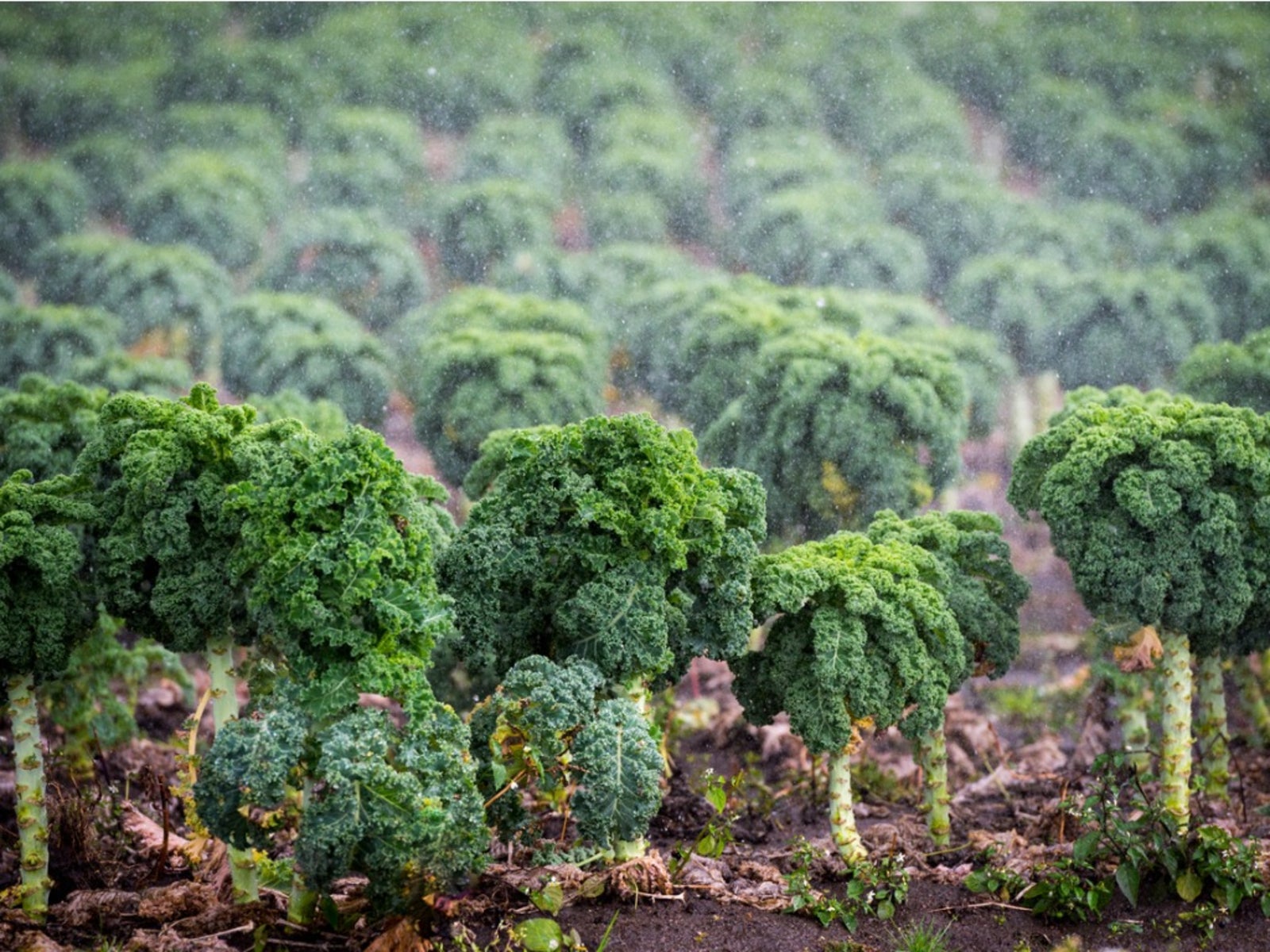 My Kale Is Bolting: How To Stop Kale Bolting
My Kale Is Bolting: How To Stop Kale BoltingYou walk to your garden one fine summer day only to find your kale is bolting. Although this can be frustrating, you can learn how to stop it from happening again.
By Laura Miller
-
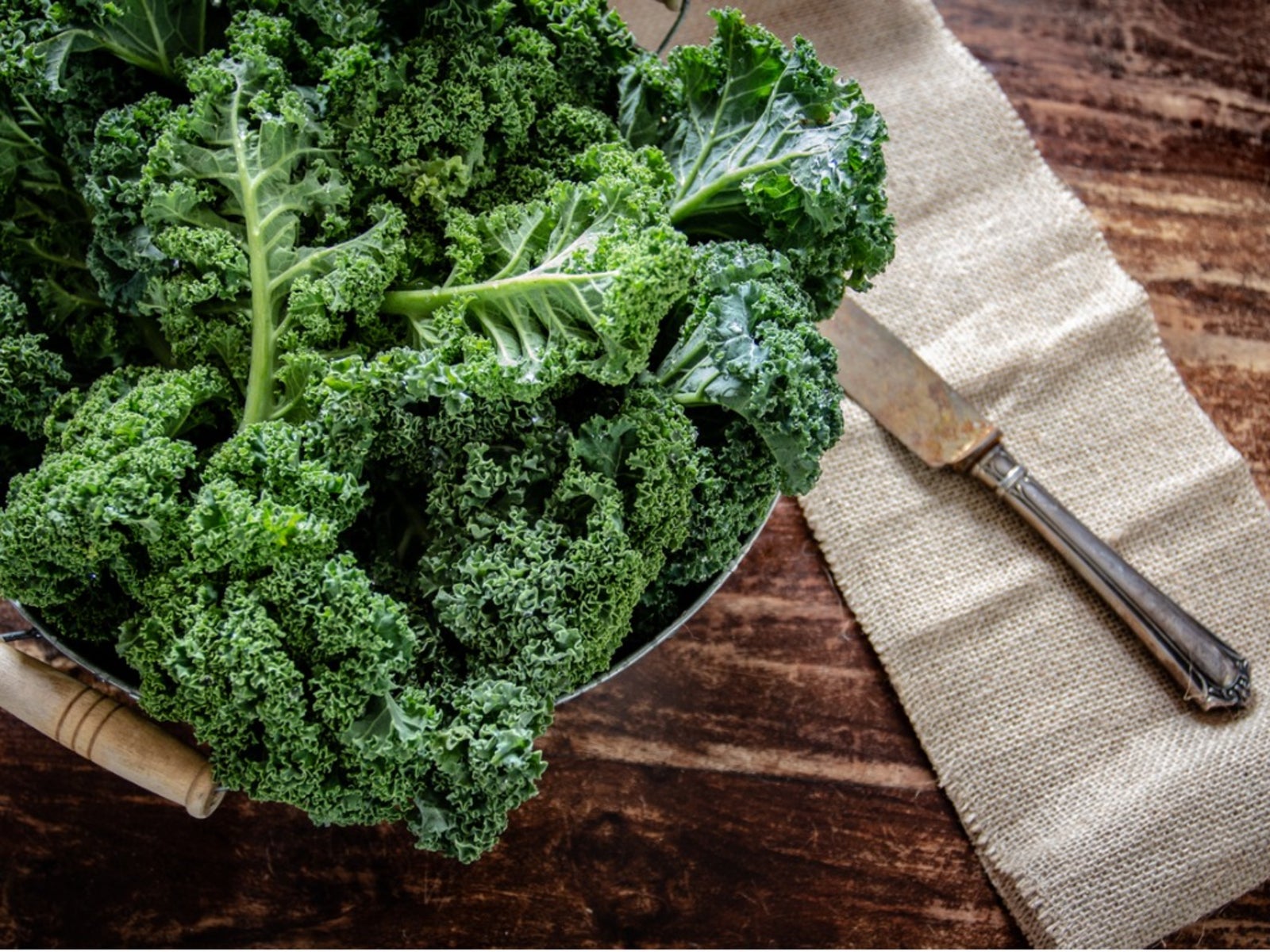 Different Uses For Kale – How To Use Kale Plants Post Harvest
Different Uses For Kale – How To Use Kale Plants Post HarvestHave you wondered what to do with kale that's growing in your garden? Click here for some of the many uses for kale.
By Laura Miller
-
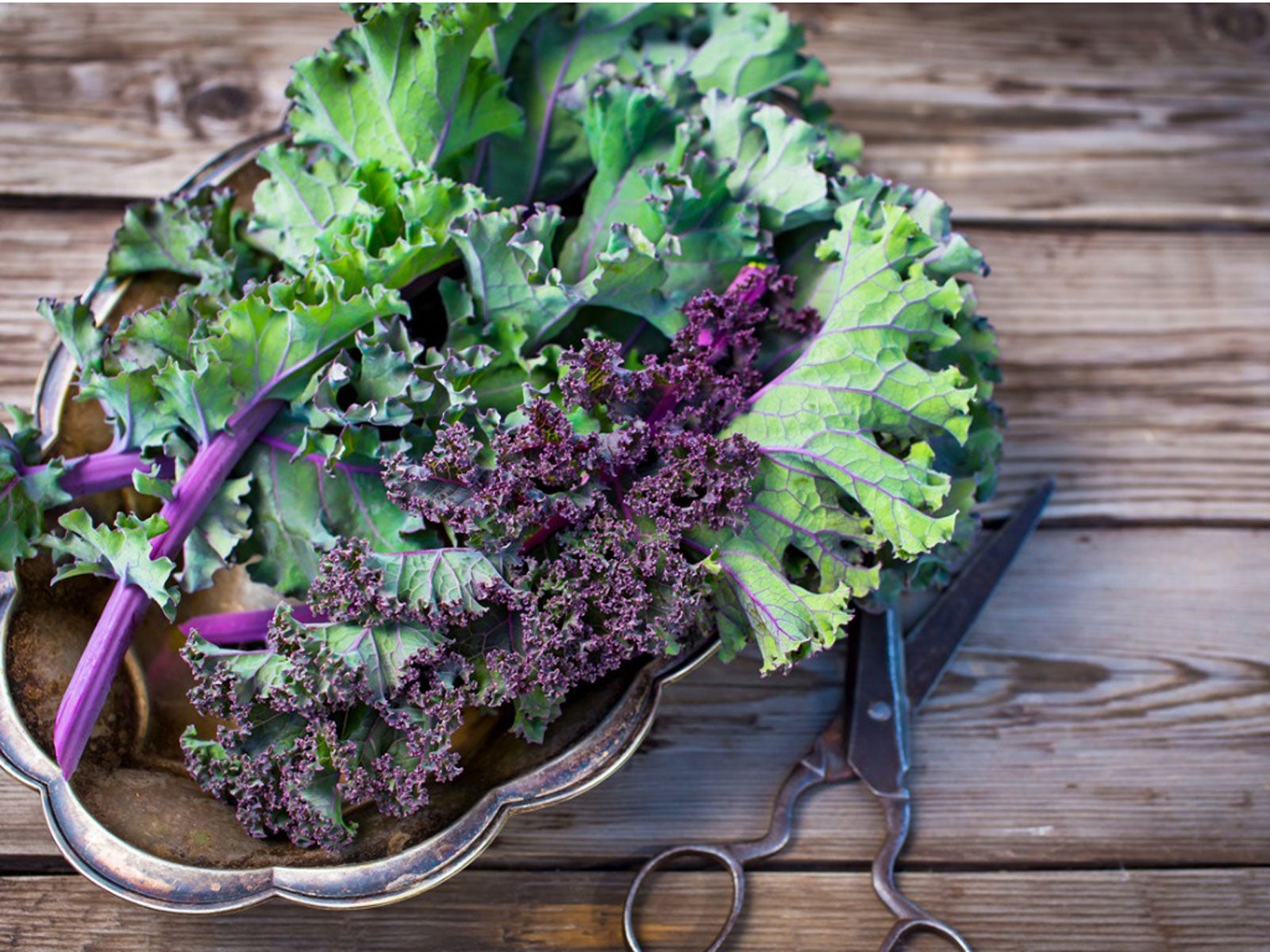 Prickly Kale Leaves – Does Kale Have Thorns
Prickly Kale Leaves – Does Kale Have ThornsDoes kale have thorns? Most gardeners would say no, yet this question is occasionally asked. Click here to explore reasons kale is prickly.
By Laura Miller
-
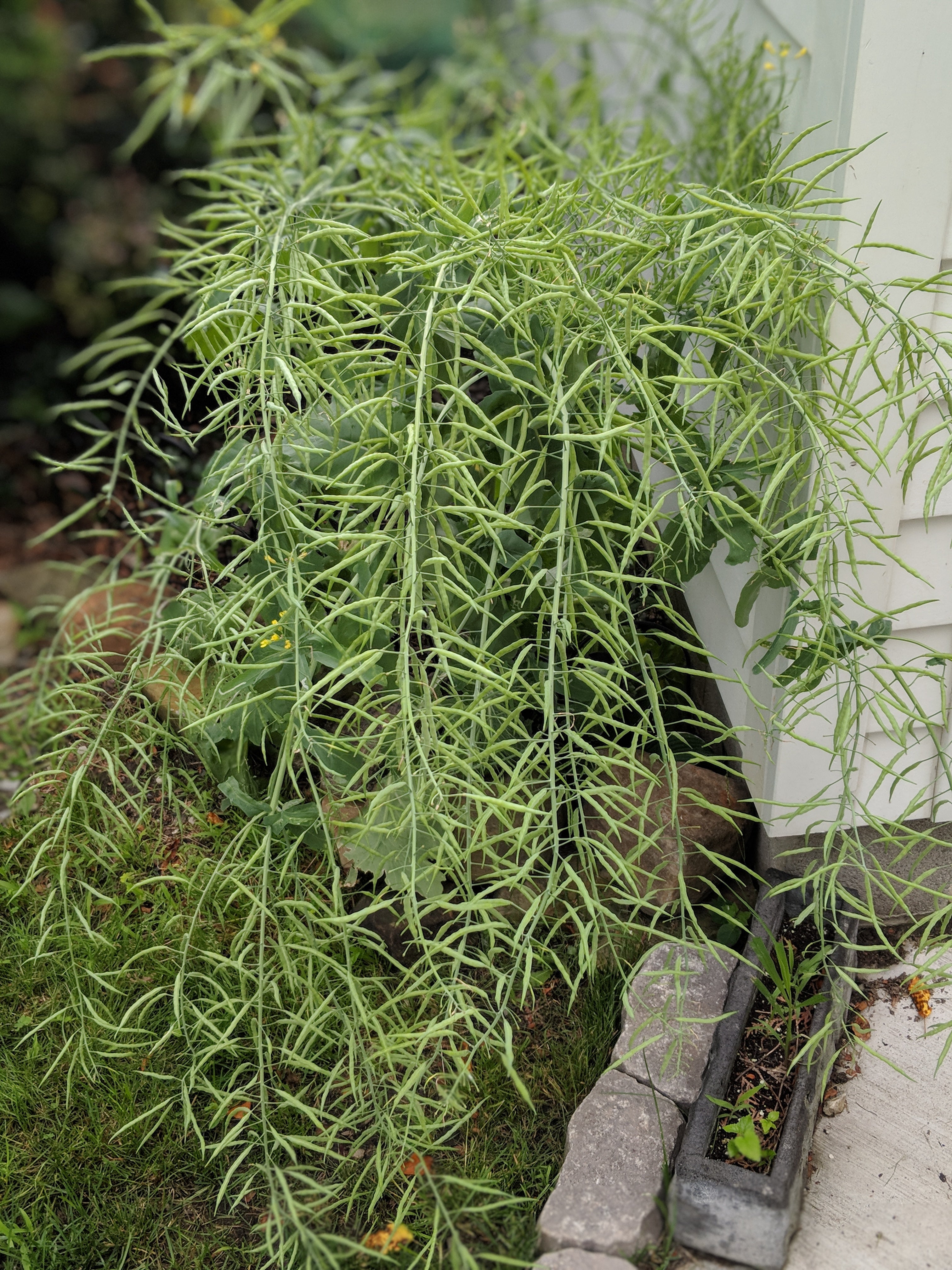 Saving Kale Seeds – Learn How To Harvest Kale Seeds
Saving Kale Seeds – Learn How To Harvest Kale SeedsNoted for its use in the kitchen, kale is an easy-to-grow leafy green that thrives in cooler temperatures. Unlike many common garden vegetables, kale plants are actually biennials. In this article, we will discuss how to harvest kale seeds so you can plant another crop.
By Tonya Barnett
-
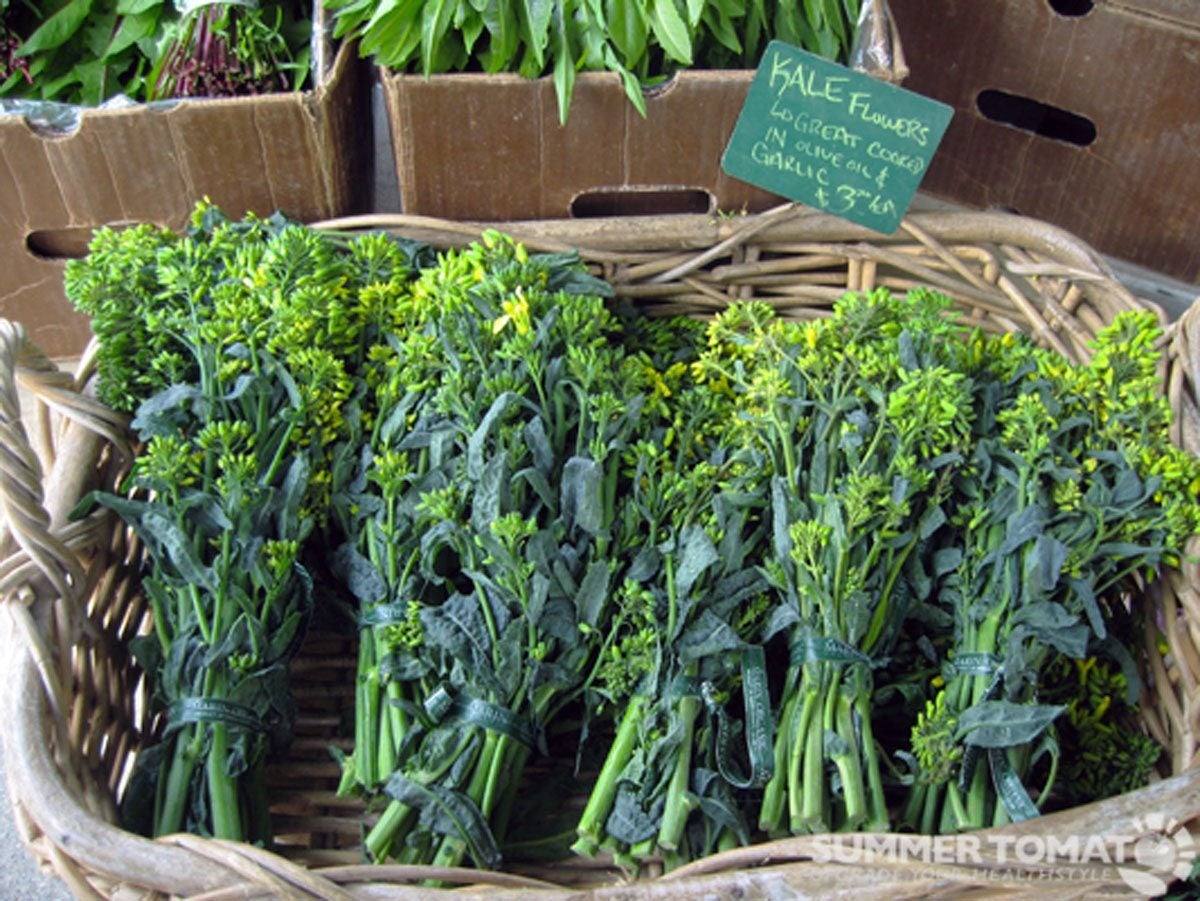 Kale Rabe Information: How To Grow Napini Kale In The Garden
Kale Rabe Information: How To Grow Napini Kale In The GardenWhat's napini? Napini is sometimes called kale rabe so you can see where this is starting to get confusing. Don't worry, the following kale rabe information will straighten it all out, plus tell you how to grow your own napini kale and its uses.
By Amy Grant
-
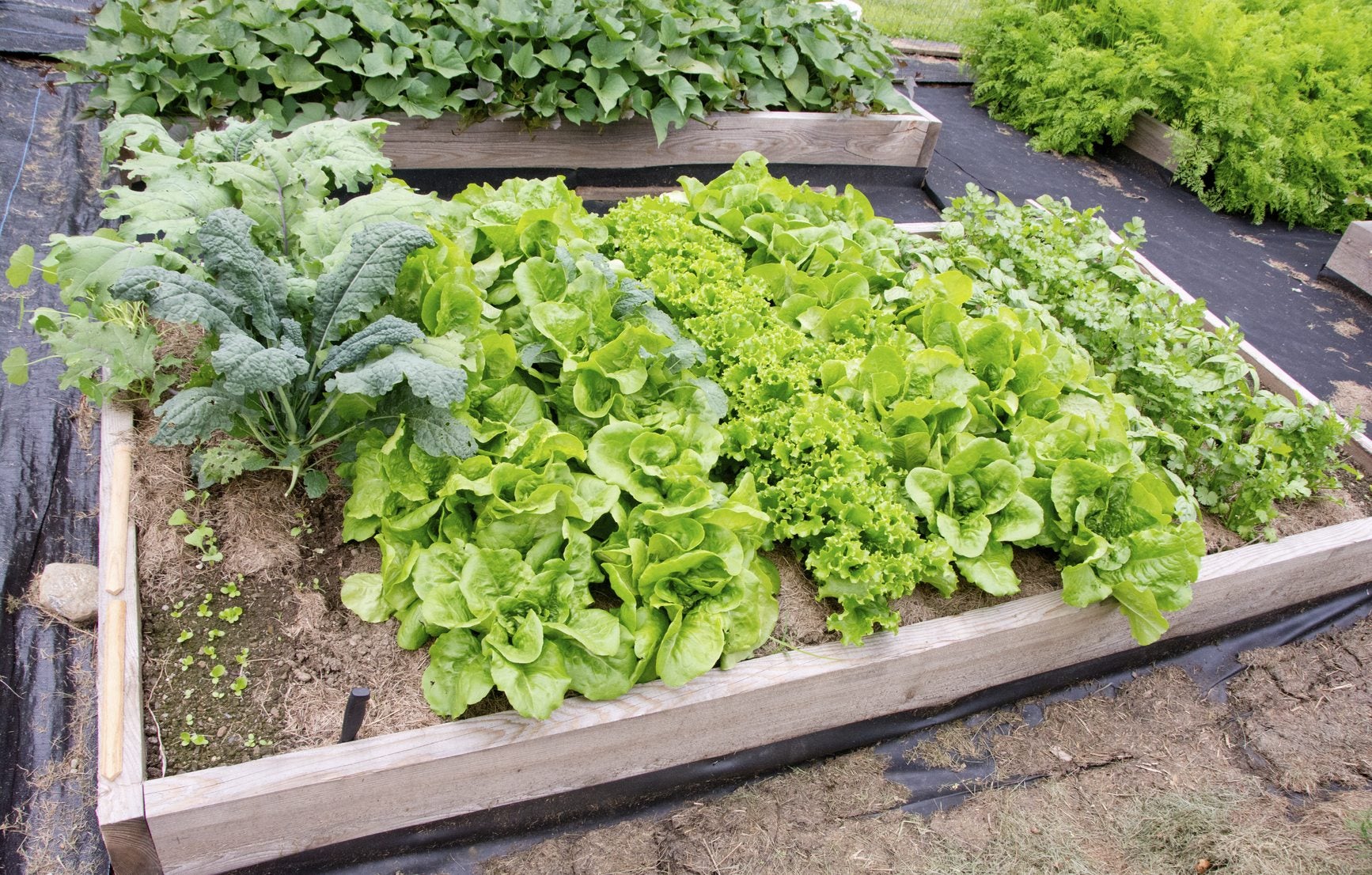 Kale Companion Plants: Learn About Plants That Grow Well With Kale
Kale Companion Plants: Learn About Plants That Grow Well With KaleKale is a cool weather green with ruffled leaves. Many plants grow well with kale - receiving and giving benefits to each other. So what are the best companion plants for kale? Find out about kale companion planting in this article.
By Amy Grant
-
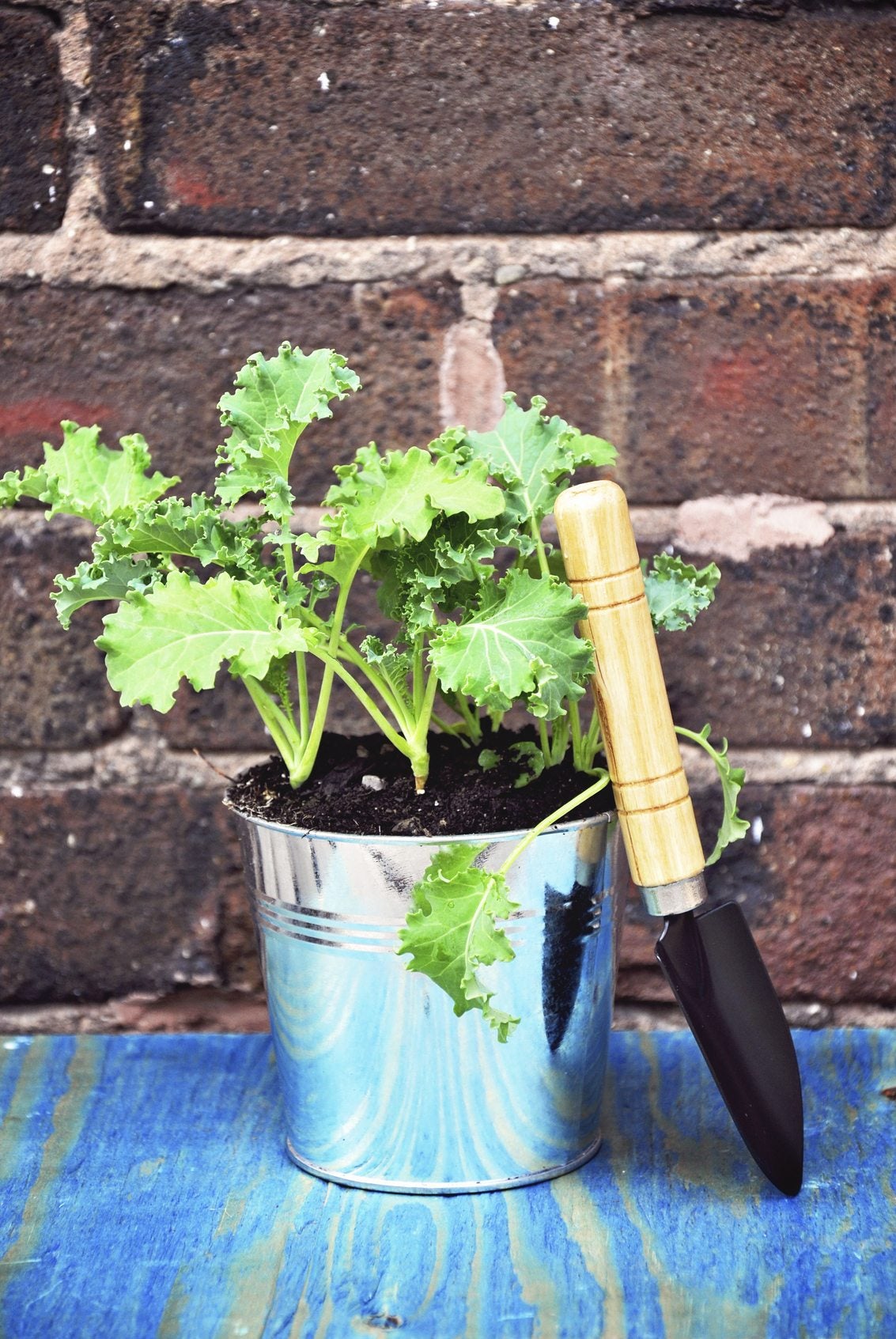 Will Kale Grow In Containers: Tips On Growing Kale In Pots
Will Kale Grow In Containers: Tips On Growing Kale In PotsYou might be wondering about growing your own kale but perhaps you lack garden space. What about container-grown kale? Will kale grow in containers? Click here to find out how to grow kale in containers and other information on potted kale plants.
By Amy Grant